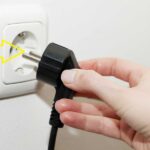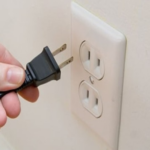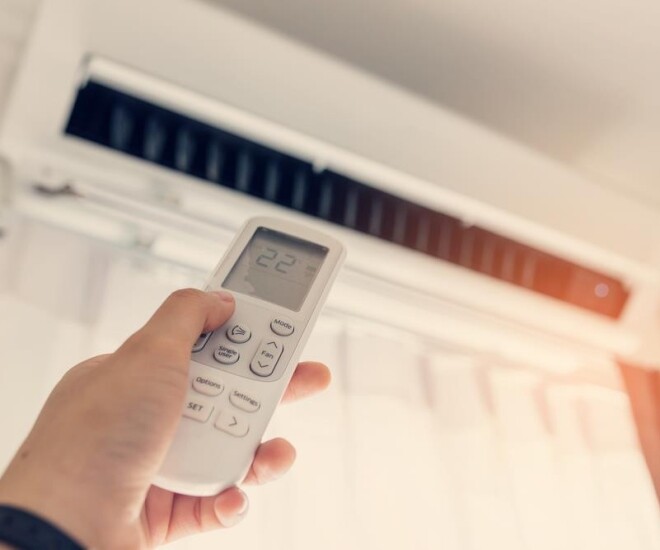
Air Conditioners: The Infamous Energy Guzzler, But Not Necessarily the Worst Offender
There’s no denying that air conditioners are one of the top energy-consuming appliances, especially in households located in hotter regions like Ho Chi Minh City or Central Vietnam. The same goes for high-rise buildings and concrete apartment complexes, which tend to retain heat, driving up the demand for air conditioning.
A typical 1 HP (approximately 9,000 BTU) air conditioner has an average power consumption of 1,000–1,200 W when running steadily, and this can surge to 1,500 W during startup or high-power operation.
When used continuously for 6–10 hours daily during hot seasons, an air conditioner can consume between 5 and 10 kWh per day, amounting to 150–300 kWh per month. With the average electricity price of VND 2,500 per kWh, the monthly cost can range from VND 375,000 to VND 750,000.
However, air conditioners are typically used more intensively during summer. Outside of the hot season, usage time decreases significantly, leading to reduced electricity consumption.
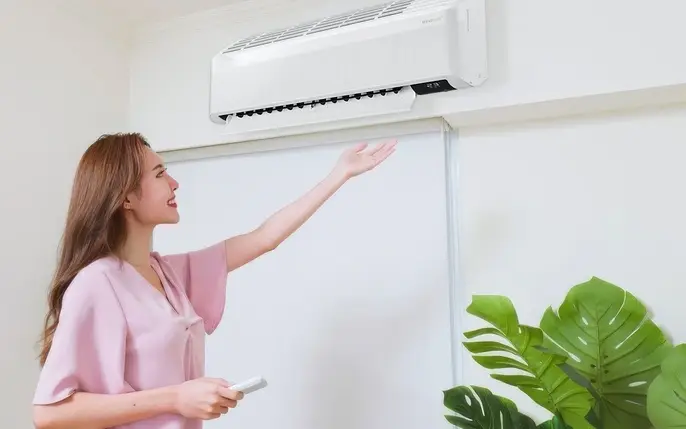
Unsuspected Energy Hogs That Rival Air Conditioners
– Water Heaters
There are two types of water heaters: indirect and direct. Indirect water heaters use electric heating elements or heat exchangers to heat water stored in a large tank, which is then supplied to plumbing fixtures such as showerheads, faucets, and bathtubs.
Direct water heaters, on the other hand, do not have a storage tank. They operate by heating water as it passes through a high-capacity heating element inside the unit, providing instant hot water.
Water heaters, particularly the indirect type, usually have high power ratings of around 2,500–3,000 W. If your household uses a water heater for one hour per day, it can consume 75–90 kWh per month, resulting in a cost of VND 187,500–225,000.
In reality, many people have the habit of turning on the water heater before taking a bath and then forgetting to turn it off. In such cases, the heater will continuously maintain the water temperature by activating the heating element, leading to significant energy consumption comparable to running an air conditioner all day.
If there are 4–5 people in the household using the water heater regularly, the total electricity consumption can surpass that of an air conditioner, especially in colder regions.
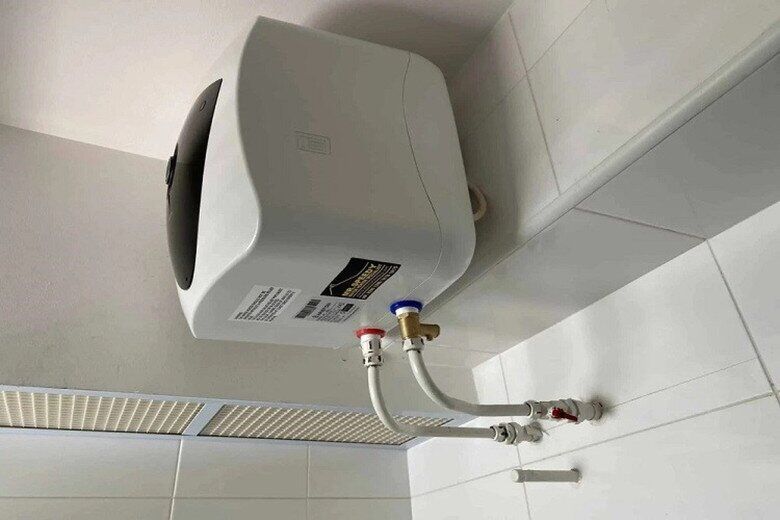
– Induction Cooktops
The popularity of induction cooktops in modern apartment complexes has made them a familiar sight on monthly electricity bills. A single induction cooktop typically has a power rating of 2,000 W. If you cook for one hour daily, your monthly electricity consumption will be around 60 kWh (approximately VND 150,000).
However, many families use double induction cooktops and cook for breakfast, lunch, and dinner, spending 30–60 minutes each time. In this case, the total usage can reach 90–120 hours per month, consuming 180–240 kWh, which translates to a cost of VND 450,000–600,000 per month. This is comparable to, or even higher than, the electricity consumption of an air conditioner.
Additionally, induction cooktops are often used alongside other high-power appliances such as range hoods, ovens, and air fryers.
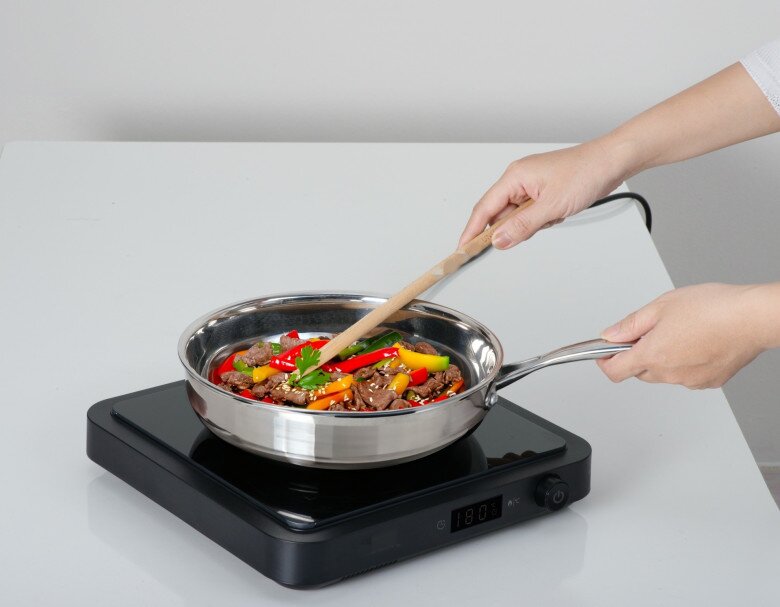
– Clothes Dryers
In areas with high humidity, frequent rainfall, or households with young children, clothes dryers are essential for ensuring dry and hygienic laundry. However, these appliances have power ratings ranging from 2,000 to 2,800 W.
Using a dryer for just one hour per session, 15 times per month, will consume nearly 40–45 kWh, resulting in a cost of approximately VND 100,000–112,500. If used more frequently, this figure will double or triple.
Moreover, older dryers, those with low efficiency, or those clogged with lint can consume up to 50% more energy than usual for the same load of laundry.
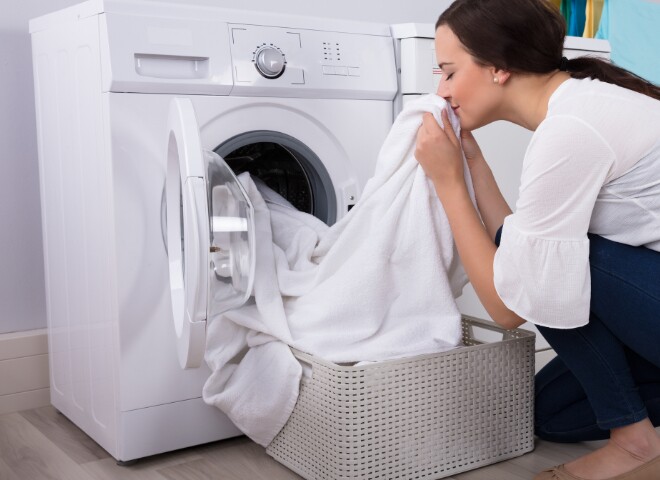
– Refrigerators
Refrigerators have relatively low power ratings of around 100–200 W, but they operate continuously around the clock. Thanks to their sensing systems and automatic shut-off mechanisms, a typical refrigerator consumes about 30–60 kWh per month, costing VND 75,000–150,000.
However, if the refrigerator is not regularly maintained, if it accumulates frost or loses refrigerant, its energy consumption will increase significantly. Older refrigerator models without Inverter technology also tend to be less energy efficient than their modern counterparts.
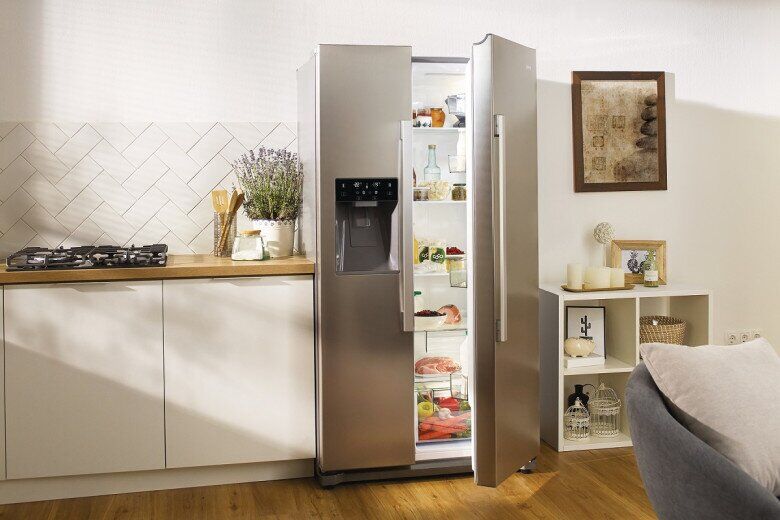
While air conditioners are undoubtedly major energy consumers, especially when used for extended periods or set to very low temperatures, other appliances like water heaters, induction cooktops, and clothes dryers can easily surpass their energy consumption, especially when used frequently and without moderation.
To save energy, consider installing Inverter technology for high-power appliances like air conditioners, refrigerators, and washing machines. Always turn off appliances when not in use and avoid leaving them on standby.
Additionally, use appliances judiciously—for example, only turn on the water heater just before taking a bath, and turn it off while bathing. Set a timer for the air conditioner at night, and hang-dry clothes when possible. Regular maintenance of major appliances is also crucial to ensure optimal efficiency.
Lastly, remember that it’s not just about the type of appliance but also how you use it. An energy-efficient air conditioner can be a more economical choice than an induction cooktop running all day or a constantly active water heater.


























